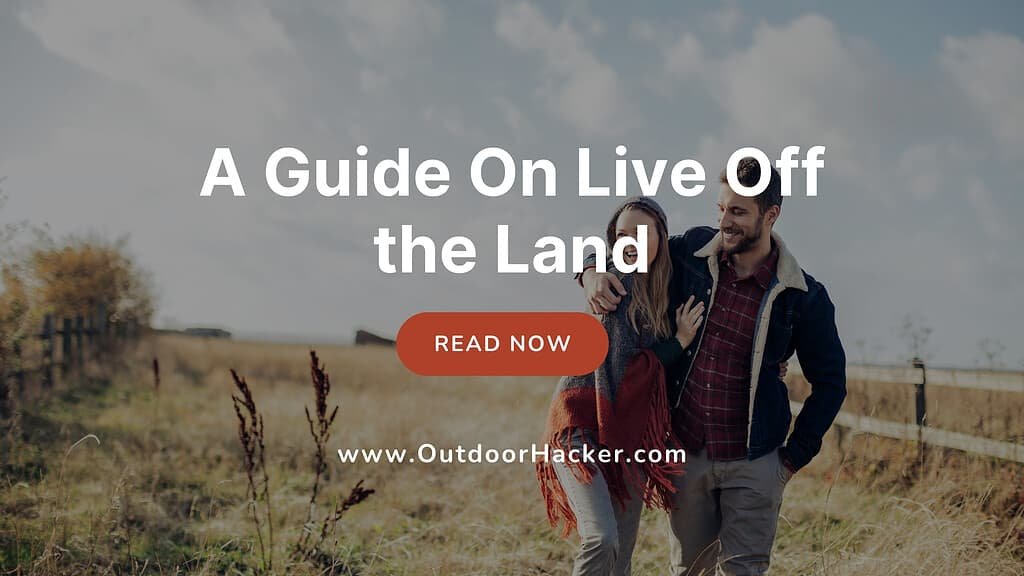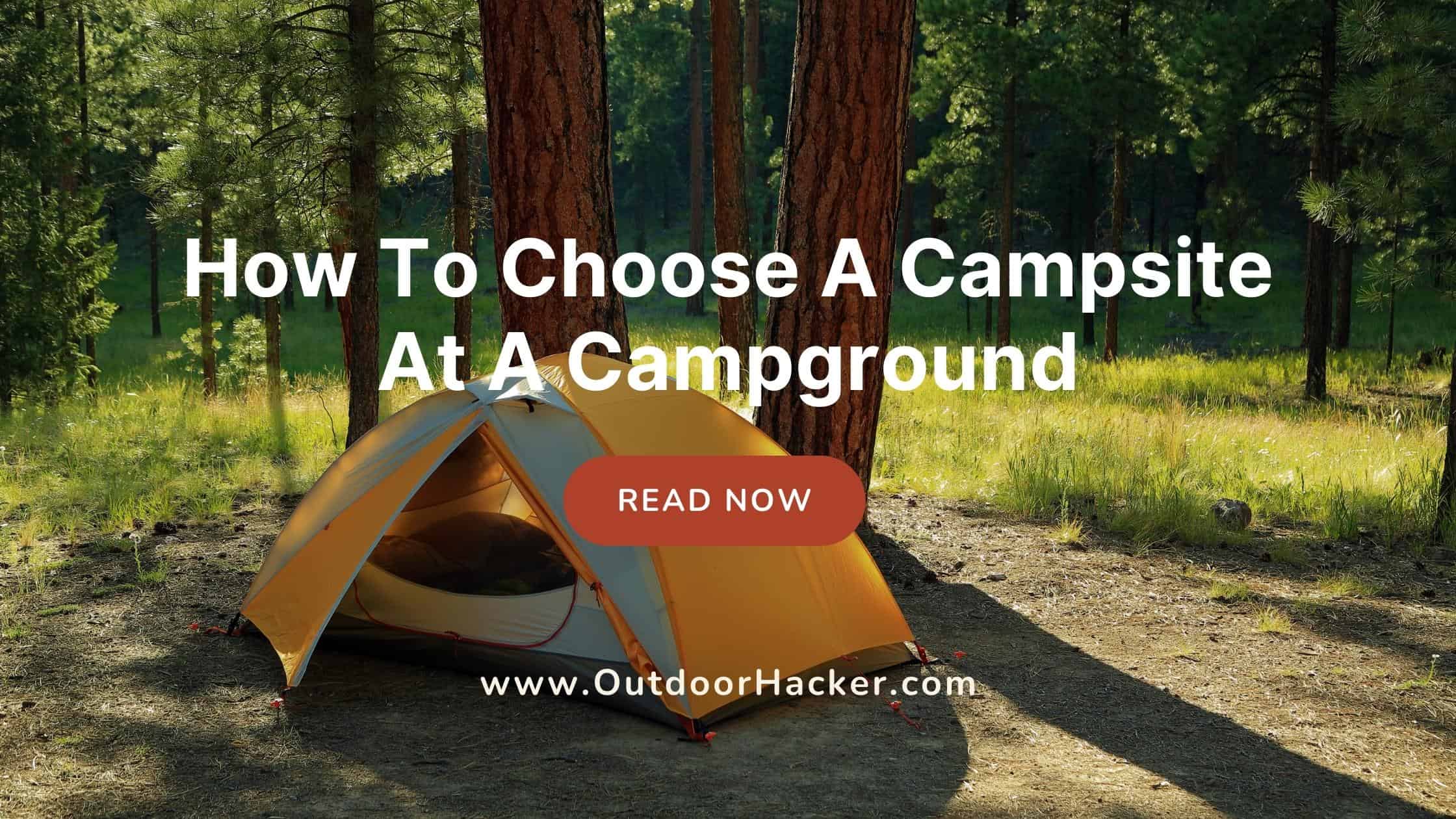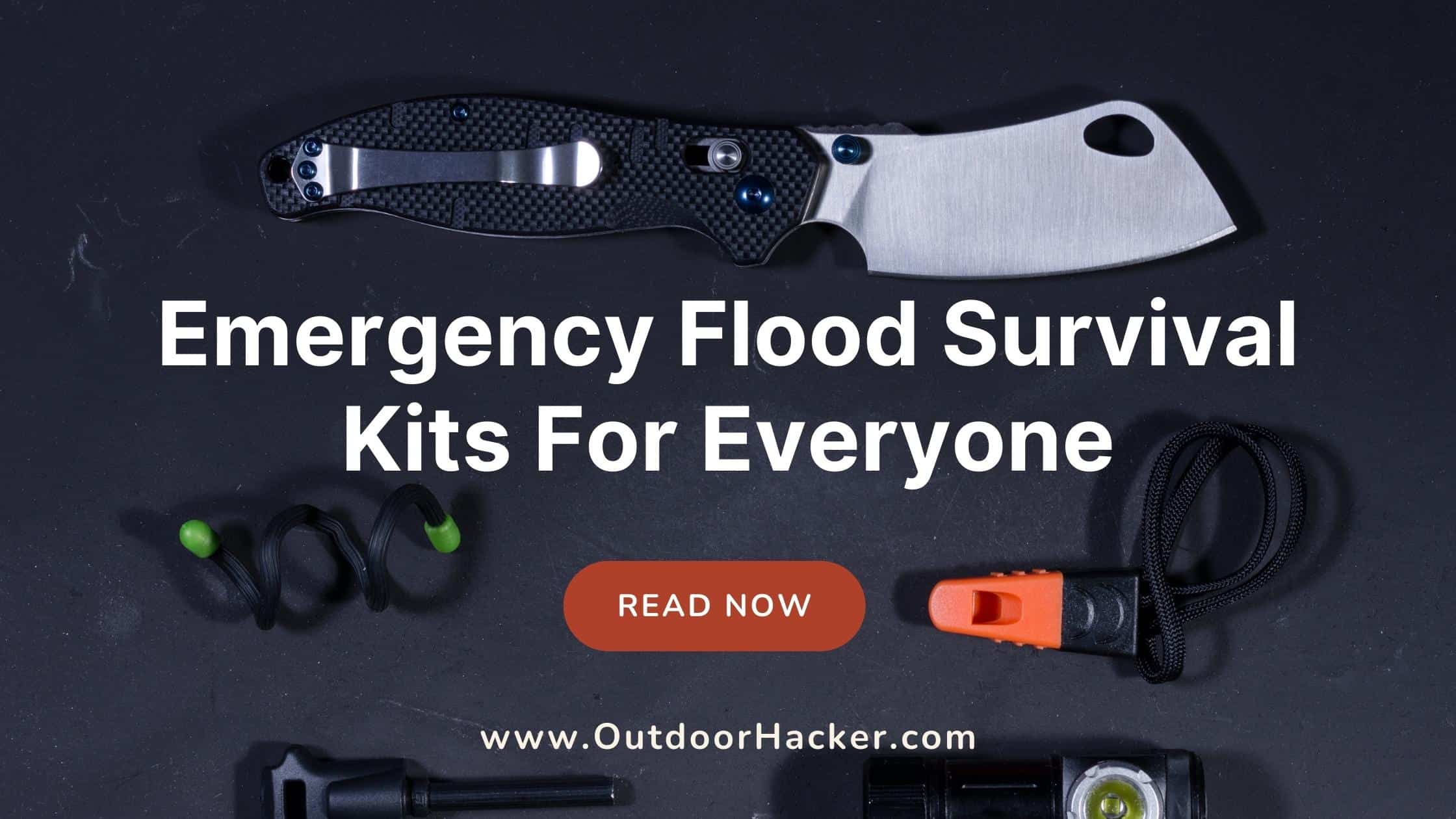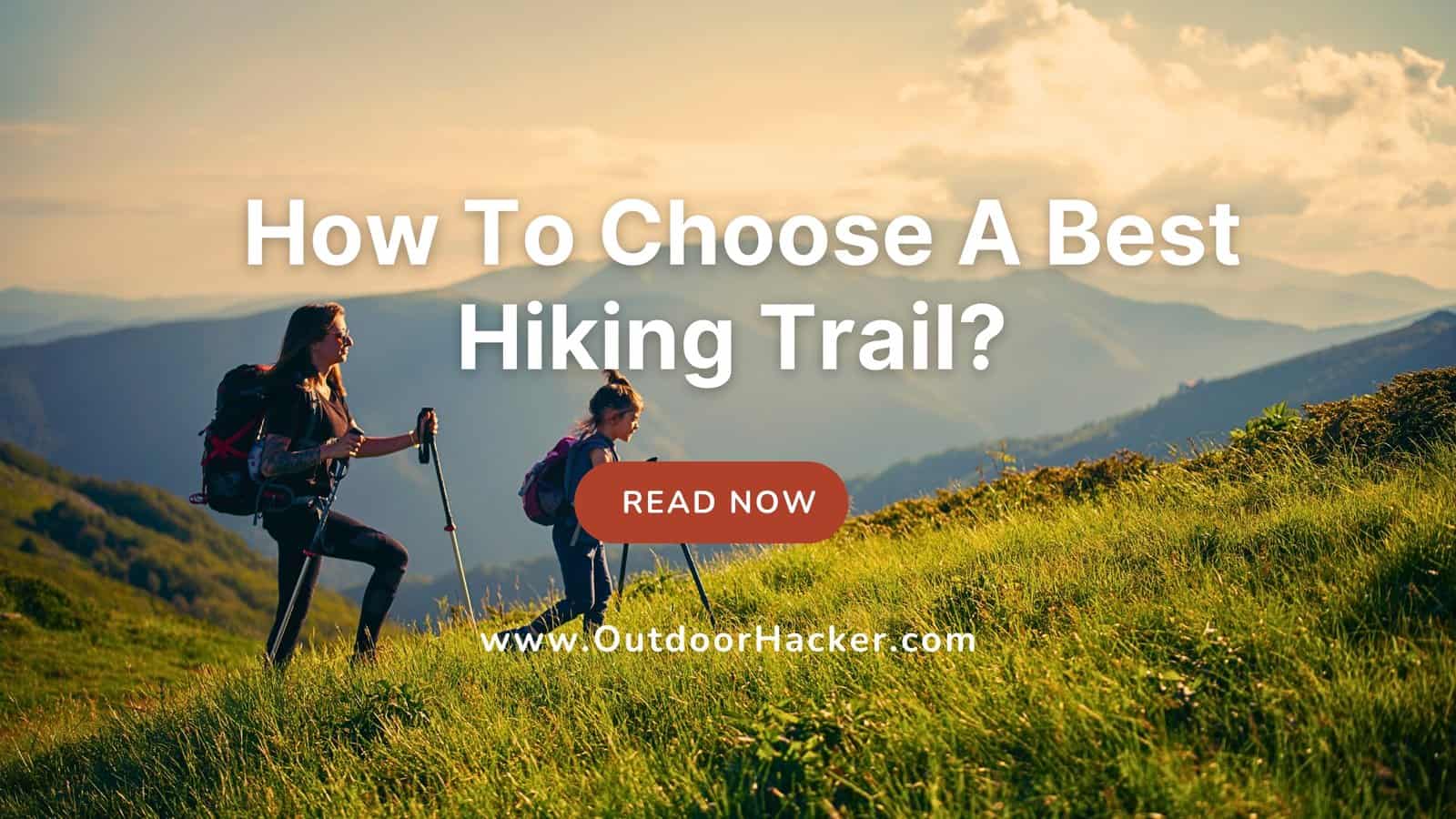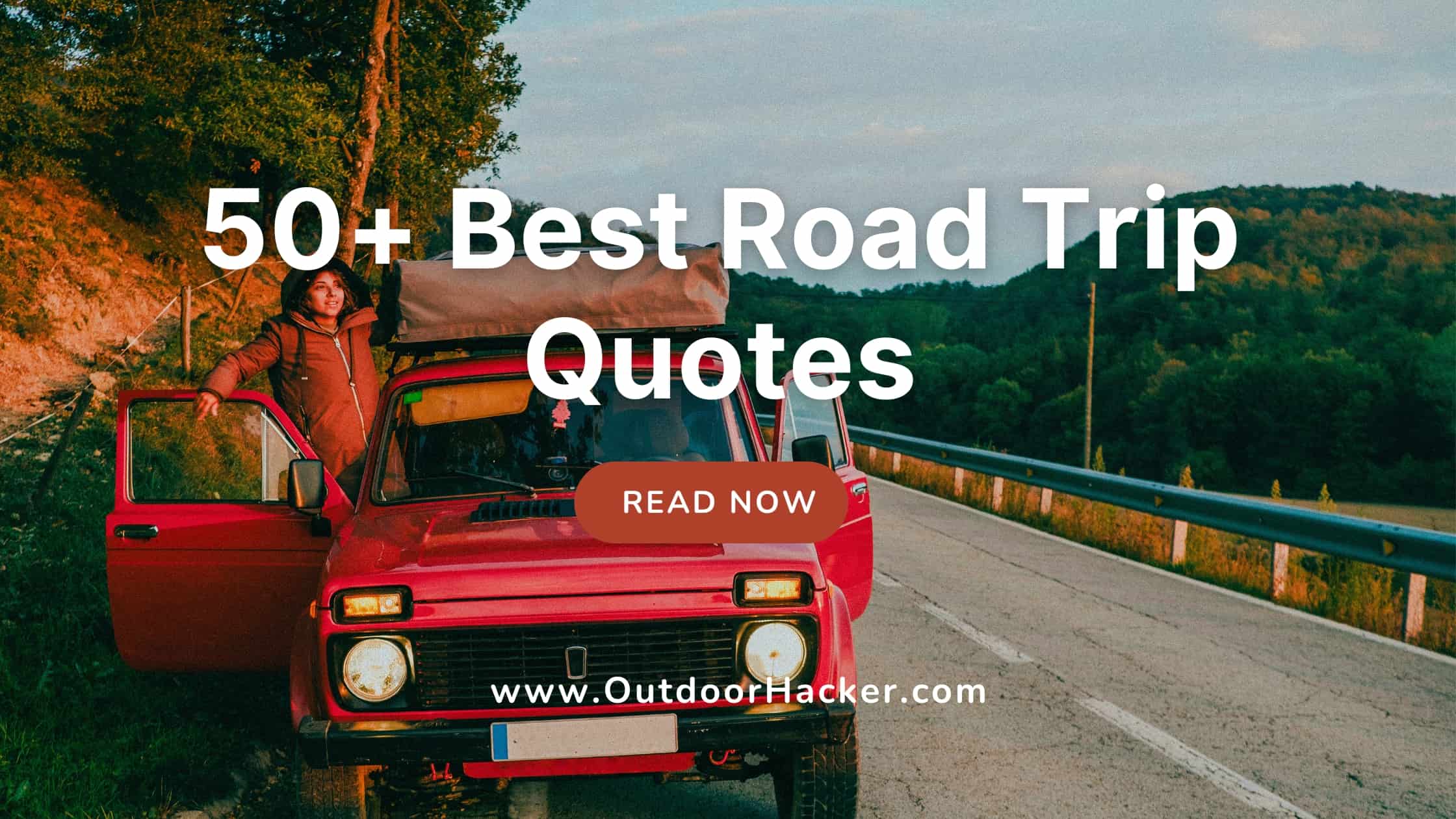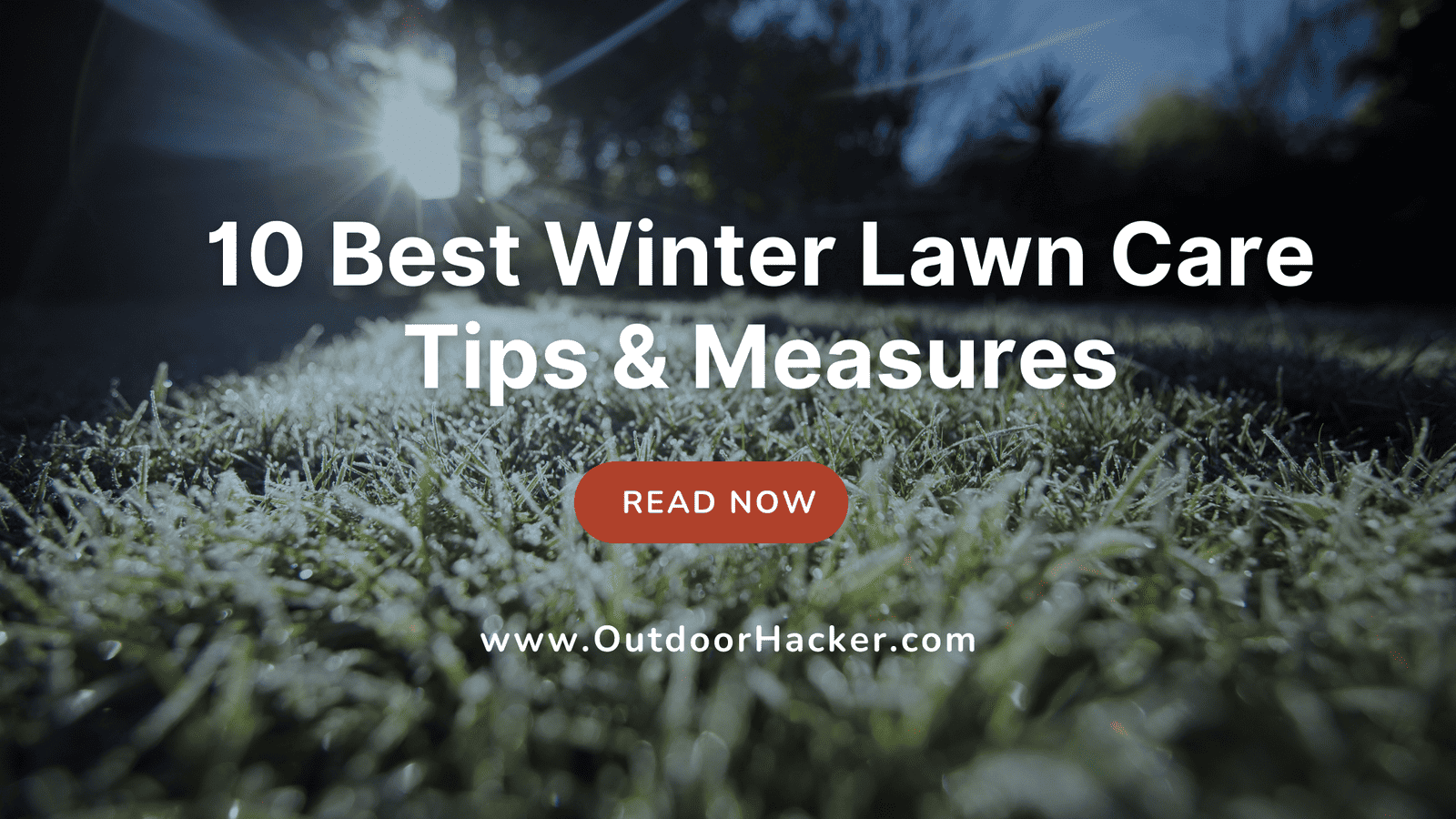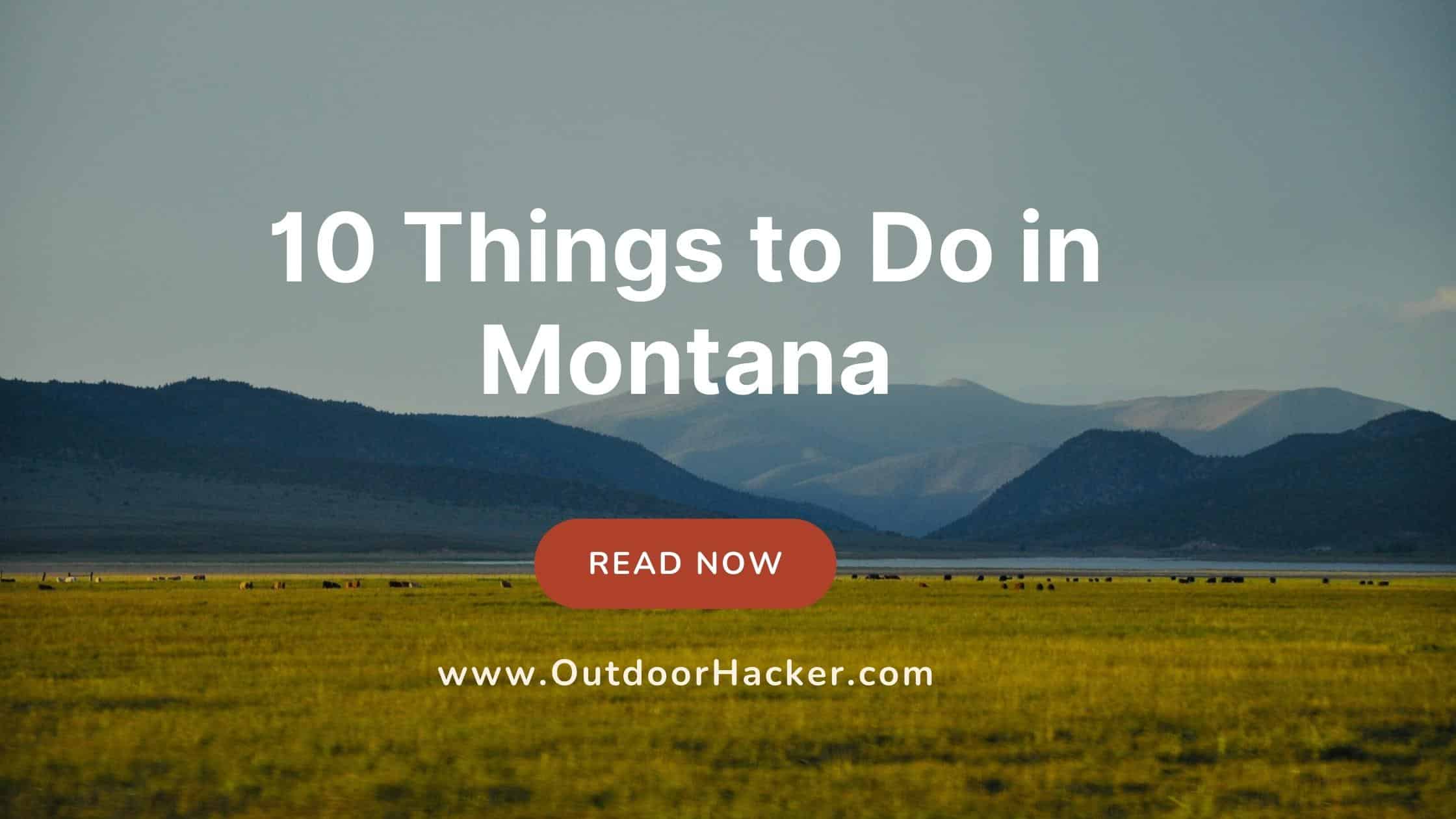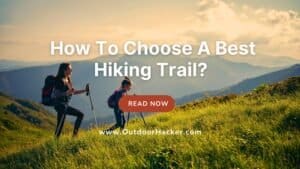Living off the land can be the healthiest, most sustainable way to eat. It’s how humans did things for countless aeons before industrialization, and it gives you a sense of power to know you have what it takes to survive.
That said, everything humans have learned about nutrition in the past century or two doesn’t fly out the window when you go back to basics. If anything, eating healthy becomes more vital if you move fully off-grid.
What should you do to ensure you get the nutrition you need while enjoying fabulous flavour? Here are five tips for eating healthy while living off the land.
Table Of Contents
- 1 How To Living Off the Land Guide? – Step-By-Step Process
- 2 Benefits of Healthy Eating While Living Off the Land
- 3 How to Eat Healthy While Living Off the Land?
- 4 Best Books on Living Off the Land
- 5 These Are the 5 Best Locations to Live Off of the Land
- 6 It’s Time To Start Living Off of the Land
How To Living Off the Land Guide? – Step-By-Step Process
Are You Exploring Living Off the Land? Don’t Feel Alone If this sounds appealing to you, know that many others share this dream as well. However, to ensure its success it is vitally important that proper preparation takes place beforehand.
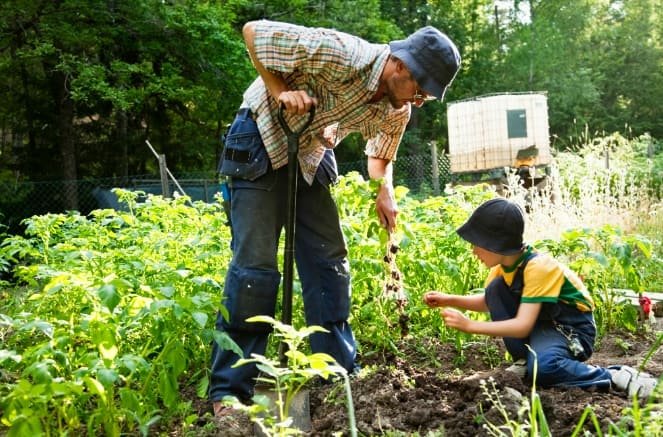
Start by considering where and what kind of land you want to live on; purchasing land with access to water, electricity and waste management systems is ideal. Once you’ve acquired both, decide what sort of shelter you’d like, be it a tiny home, cabin or something entirely different. When your land and shelter are secure, gather tools and supplies necessary for gardening or trapping small game – additionally learning wilderness survival basics will ensure your safety no matter what comes your way.
Preparing to live off of the land requires time and dedication, but its rewards will outweigh its costs in the end. By taking steps that ensure your success, you can reap all the rewards of self-reliance while finding peace of mind through self-sufficiency.
1. Assess Your Environment
Assessing an environment suitable for living off the land means understanding all available natural resources, such as water sources, soil quality and animal and plant life in an area. Furthermore, factors like climate, topography and access to essential resources like firewood and building materials must all be taken into consideration when making this assessment.
Key steps in assessing your environment for sustainable living off-grid include:
- Conduct a soil test to evaluate soil quality and fertility.
- Locating sources of water such as rivers, streams, or wells.
- Identifying wild edible plants to learn foraging techniques for food sources.
- Scout out local wildlife for protein sources that you may hunt or trap with traps.
- Recognizing potential hazards, such as poisonous plants or wildlife.
- Locating natural resources such as wood, stone or clay that could serve as shelter or fuel sources.
By taking these steps and researching the resources in your environment, you can better equip yourself for living off of the land.
2. Developing A Plan for Living Off the Land
Planning for living off the land involves considering many different factors, including your goals, available resources, and any specific challenges associated with your environment. Here are some key steps to keep in mind when developing such an action plan:
1. What do you hope to gain by living off the land? Are your goals to become self-reliant, lower environmental impact or simply live more sustainably?
2. What natural resources exist in your environment, what skills do you possess that could allow you to live off of the land – for instance hunting, fishing and gardening? What equipment will be necessary?
3. Determine how you will provide for yourself and your family’s nutrition. This could involve growing or foraging for food yourself, hunting and fishing for protein sources or any combination thereof.
4. Select the type of shelter you will require, be it a cabin, tent or another structure. Consider what materials will be necessary and how you will acquire them for the construction of this structure.
5. Select an energy and water source. This could involve installing solar panels, using wind turbines or tapping into natural sources of water for supply.
6. Be mindful of any challenges your environment presents, such as extreme weather, natural disasters or wildlife threats that could compromise your safety and survival. Plan accordingly in order to ensure both safety and survival.
7. Living off-grid requires being flexible; your plan may need to change over time as your circumstances do. Continuously assess and make necessary changes as necessary for long-term success.
By following these steps, you can craft an effective plan for living off the land that meets your goals while supporting sustainable success.
3. Building Skills and Knowledge For Living Off the Land
Building skills and knowledge for living off the land is essential for anyone interested in self-sufficiency and sustainability. Here are some key skills and knowledge areas to focus on:
1. Gardening: Learn to grow your own food by studying soil composition, planting techniques and pest management strategies. Begin with creating a small vegetable or container garden as an introduction.
2. Foraging: Learn to identify wild edibles such as berries, nuts and mushrooms in your area that could potentially make tasty meals – research which are safe to eat while others could potentially contain toxic components before foraging for your own food!
3. Hunting and Fishing: Learn to hunt and fish for protein by understanding local hunting and fishing regulations as well as how to clean and prepare your catch properly.
4. Building and Construction: Learn to build and maintain your own shelter, whether that means a cabin, yurt, or tent, using tools and materials such as wood, stone and clay.
5. Water Collection and Purification: Discover how to collect and purify water from natural sources such as rivers, streams and rainwater.
6. First aid and emergency preparedness: Learn fundamental first aid skills as well as how to be prepared for emergencies such as natural disasters or medical crises.
7. Sustainable energy: Discover renewable sources like solar and wind power, how they are installed and maintained, as well as maintenance considerations.
8. Food Preservation: Learn to preserve food with techniques such as canning, drying and smoking.
4. Finding Likeminded Community Support
Searching for Community Support Seeking community support when living off the land can be invaluable in terms of connecting with like-minded individuals, sharing resources and knowledge and building an invaluable support system. Here are some ways you can find community support:
1. Join a local or online homesteading or sustainable living group focused on topics like gardening, permaculture, animal husbandry, or sustainable energy production. 2 This will give you access to farmers and producers who share similar beliefs who could provide advice and assistance – not to mention networking opportunities!
3. Volunteering can be an invaluable opportunity to acquire new skills, meet like-minded individuals and contribute to your community.
4. There are various online communities and forums devoted to sustainable living and homesteading.
Find community support. Building relationships within your local area allows you to form an invaluable support system of people who will offer advice, assistance and motivation as you strive to live off the land.
Benefits of Healthy Eating While Living Off the Land
Living off-the-land and eating healthily can bring many advantages for both your physical and mental wellbeing. Some key benefits of healthy eating:
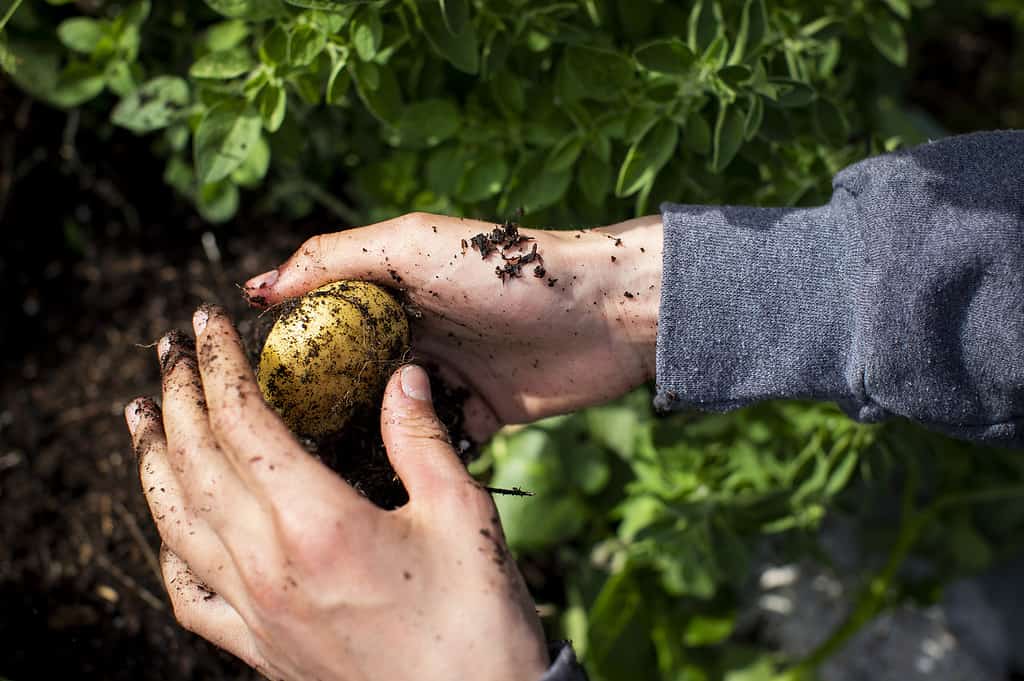
1. Improved Nutrient Intake: By cultivating or foraging wild edibles, you have access to fresh foods that are high in vitamins, minerals, and antioxidants – meaning your intake will improve as a result of gardening or foraging.
2. Lesser Exposure to Toxins: By opting for organic sources of food instead of processed, you can significantly decrease your exposure to harmful chemicals and additives found in processed products.
3. Increased digestive health: Eating whole, unprocessed foods is proven to promote improved digestive health by providing essential fibre and nutrients to support optimal digestive functioning.
4. Decreased Risk of Chronic Diseases: Diets rich in fruits, vegetables, whole grains and lean proteins may reduce your risk for chronic diseases like heart disease, diabetes and certain cancers.
5. Improved Mental Health: Eating healthily can also have positive ramifications on mental wellbeing by providing your brain with the essential nutrients it requires to function optimally and can even help enhance mood and reduce stress levels.
6. Increased Self-Sufficiency: By growing and foraging for food in your own garden or foraging for wild edibles, you become more independent from processed food sources and industrial agriculture.
Overall, eating healthy while living off the land can bring many advantages to your physical and mental wellbeing. By choosing whole, unprocessed foods that provide natural sources of nutrition, eating healthily while living sustainably will improve both physical and mental wellbeing while simultaneously decreasing your environmental footprint.
How to Eat Healthy While Living Off the Land?
1. Gather the Basic Tools
Your first order of business is to assemble a simple mess kit for eating off the land. You need basic cooking and hygiene tools — what should yours contain? At a minimum, you should have the following:
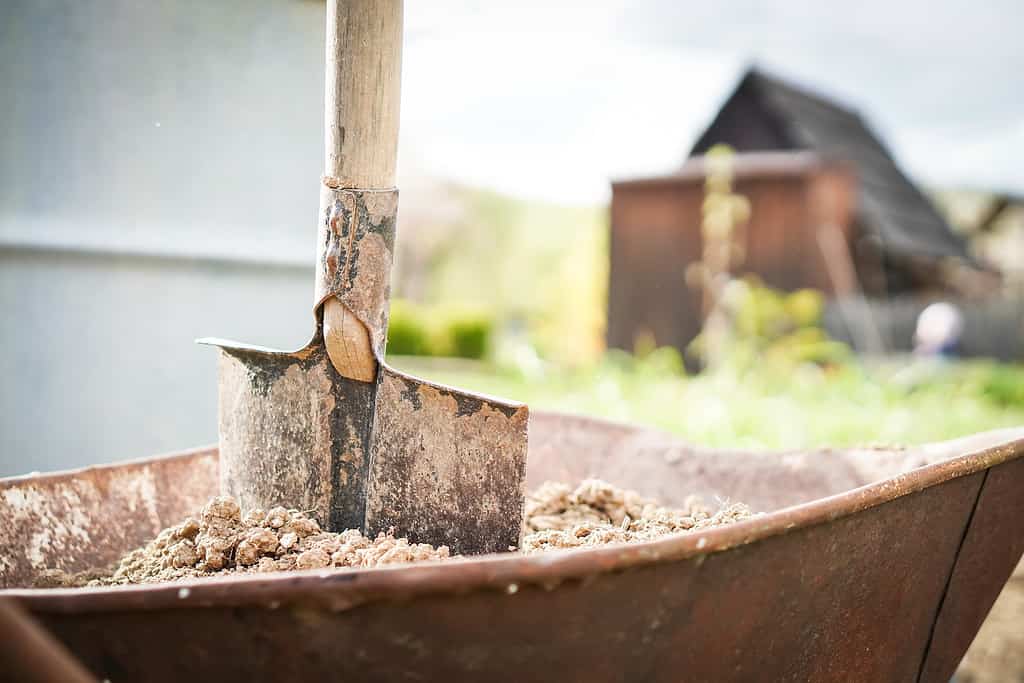
- Hand sanitizer and soap: It’s best if you can wash your hands.
- Fire-starting tools: Flint and steel are musts, although you’ll probably want to include waterproof matches or a lighter for ease of use.
- A grill grate and simple tools: At a minimum, you need a way to keep your food out of the flames and flip it for doneness.
While these are the bare essentials, you’ll have an easier time eating healthy when living off the land if you include more than you typically tie on a backframe. For example, a frying pan is a must for making bacon and eggs, and few things taste as good on a chilly morning.
Pans also come in handy for fish, which are easier to catch than wild game but tougher to cook. Living off the land can up your intake of fish, benefiting your health. One study showed that eating one or two servings of fish weekly can reduce your cardiovascular disease risk by 36% — and a heart attack in the wild is no joke.
You should also consider burn restrictions, especially as climate change fuels more severe wildfires. A contained camp stove or griddle can make the difference between a hearty meal and going hungry when you can’t have open flames.
2. Select Hunting Weapons With Care
Have you ever been chowing down on a hearty rabbit stew only to spit out buckshot? Let’s face it — you’re more likely to bag small game than big when living off the land, and hunting with traditional weapons can make such meats harder to clean and prep for cooking.
A crossbow pistol is one option that won’t leave your meat pellet ridden. Additionally, many models are appropriate for small or large games, letting you use them for squirrels or the occasional deer to pad your winter larders.
Trapping offers another option. Learn how to make the following:
- Snare traps
- Pit traps
- Cage traps
Once you set your bait, all you have to do is kick back and wait for dinner to come to you.
3. Make Your Garden Grow
Meat supplies a healthy dose of calories, protein and fat when living off the land. However, it lacks many essential vitamins and minerals that your body needs to maintain optimal health and prevent disease. Remember how sailors once got scurvy from a lack of vitamin C?
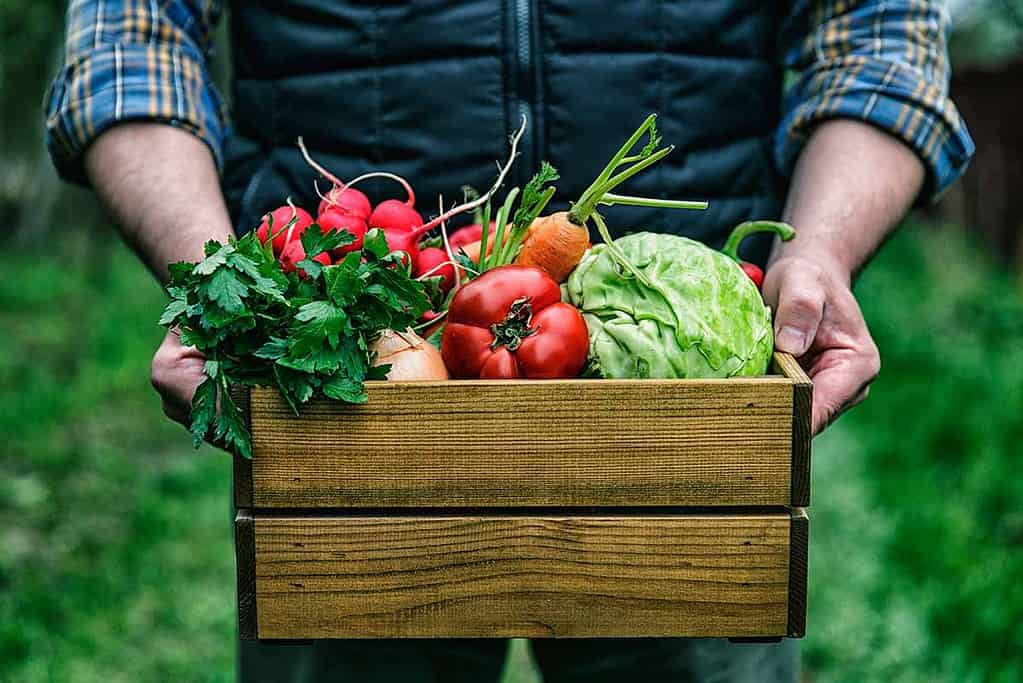
The best way to ensure you can eat healthy while living off the land is to plant a garden. What should you grow? Species you love to eat top the list, especially those in different colors. Mother Nature gave humans a handy color code, as various hues correlate to the nutrients each type contains. Eating the rainbow is the best way to ensure an adequate vitamin intake.
You might not have to invest much. For example, you can save the seeds from the produce you buy. Although it might take you a few years of weeding out weaker plants and creating heirloom strains, over time, you can produce a reliable garden year after year from these easy-to-grow varieties:
- Beans
- Squash
- Corn
- Tomatoes
- Cucumbers
- Hot and bell peppers
- Eggplant
What if you don’t have much planting room, much less a back 40? Many plants grow well in containers with the right soil and pot, and you can take them from place to place. Even people living the van or RV lifestyle can keep a few simple species on hand for adding fresh crunch to meals.
As you hone your horticulture skills, you can move on to more advanced planting. For example, potatoes are considered a staple you can grow from a piece of an existing spud, but they’re notoriously prone to pests. Experiment with natural control methods, like diatomaceous earth, to ensure an ongoing harvest.
4. Learn to Forage Wild Plants and Herbs
Farming is vital, but agriculture is a relatively recent chapter in the human story. Before that, people got the vitamins and minerals they needed by foraging wild foods. You can do the same, learning what edible species grow near you and adding them to your diet.
For example, the following wild greens are excellent in salads, providing heaps of B vitamins and chlorophyll:
- Lamb’s quarters
- Amaranth
- Dandelion
- Nettles
- Purslane
- Sorrel
- Borage
Herbs do more than make wild rabbit stew palatable. They also impart significant health benefits. Wild species you should learn to identify and use include:

- Cleavers
- Chickweed
- Mustard
- Sage
- Violets
- Linden Flowers
- Hawthorn
- Elderflower
- Birch
- Gingko
- Mulberry
- Rose hips
- Pine needles
Pro-tip: Pine needles can be an invaluable source of vitamin C if stuck in the cold for extended periods. Brew the needles into tea.
Finally, wild grains can provide bulk and filling fiber. You can learn how to make simple fry bread from wild grasses like amaranth using only your camp mess kit. Adding some crushed nuts to the mix adds filling protein and valuable minerals. Wild rice, rye and cattail roots are good to recognize and use.
5. Remember, the Same Basic Healthy Eating Rules Apply
Living off the land doesn’t mean forgetting what you learned about healthy eating in civilization. The same basic rules apply. Here are several to follow to ensure you nourish yourself well off-grid.
Treat Your Plate as a Clock
Fill a half hour with vegetables and wild fruits like berries, saving 15 minutes for starch and the other 15 for protein.
Eat the Rainbow
Remember, colors represent different vitamins. Try to include at least three hues at each meal.
Avoid Ultra-Processed Foods
You won’t eat ultra-processed foods if you strictly live off the land. However, most folks like to complement their diets with the occasional trip into town and choose items with recognizable ingredients close to their natural forms when they do.
Mix It Up
Variety prevents boredom while providing all the nutrients you need for good health. Consume various dishes like you would at home, fish one day, game the next and perhaps the occasional meatless Monday for good measure.
Best Books on Living Off the Land
There are numerous wonderful books on living off the land, but here are some of the best:
- Carla Emery’s Encyclopedia of Country Living
- John Seymour’s Self-Sufficient Life and How to Live It
- Carleen Madigan’s Backyard Homestead
- Foxfire Book Series
- Eliot Coleman’s The New Organic Grower
These books on living off the land provide excellent reading material to get you started or build on existing experiences. There’s sure to be something available that will help you reach your goals as an aspiring or established homesteader!
These Are the 5 Best Locations to Live Off of the Land
Location, location, location are the keys to living off the land successfully. Here are the best spots in the US for off-grid living.
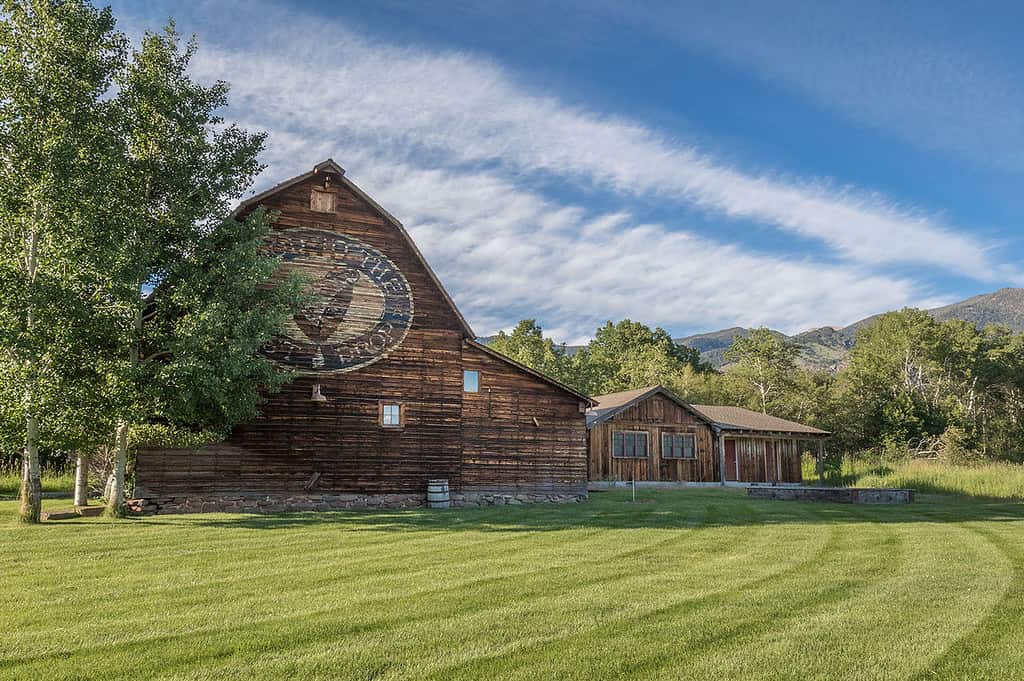
1. Alaska
Alaska is famously famous for its vast wilderness areas and for good reason. Boasting over six-million acres of public lands to choose from, finding peace in Alaska’s wilderness areas is easier than ever – whether hunting, fishing or just enjoying nature, Alaska offers something to satisfy everyone.
2. Montana
Montana is an expansive state that provides ample room to roam, making it the ideal getaway for nature lovers. From sprawling landscapes and expansive cities to breathtaking wilderness areas and scenic outdoor pursuits, Montana provides something special for everyone looking to get away.
3. Wyoming
Wyoming boasts some of the most stunning scenery in America. Boasting mountains, forests, and plains; Wyoming provides plenty of opportunities to appreciate nature by hiking, camping, fishing and hunting.
4. Idaho
Idaho is an excellent choice for anyone interested in living off-grid. However, Idaho can get very cold during its winters so those not prepared for some snow and low temperatures should perhaps consider other states as alternatives.
5. North Dakota
North Dakota offers ideal conditions for living off of the land, from growing crops and raising livestock, to homesteading available land with state government support of agriculture, and small towns/rural areas where you can establish self-sufficient lifestyles.
It’s Time To Start Living Off of the Land
Eating healthily while living off-grid may be easier than in urban settings. Fresh, organic produce abounds if you know where and how to locate it. Use these five tips as guides for eating healthily when living off the land; with some imagination, you could become an off-grid gourmet in no time.
Being prepared can save time and reduce stress in life; learn new things, consult someone with experience in homesteading, join support groups and practice it all.
Have any thoughts about our guide? If you do, we would love to hear them – feel free to post below and express them! We welcome comments.

